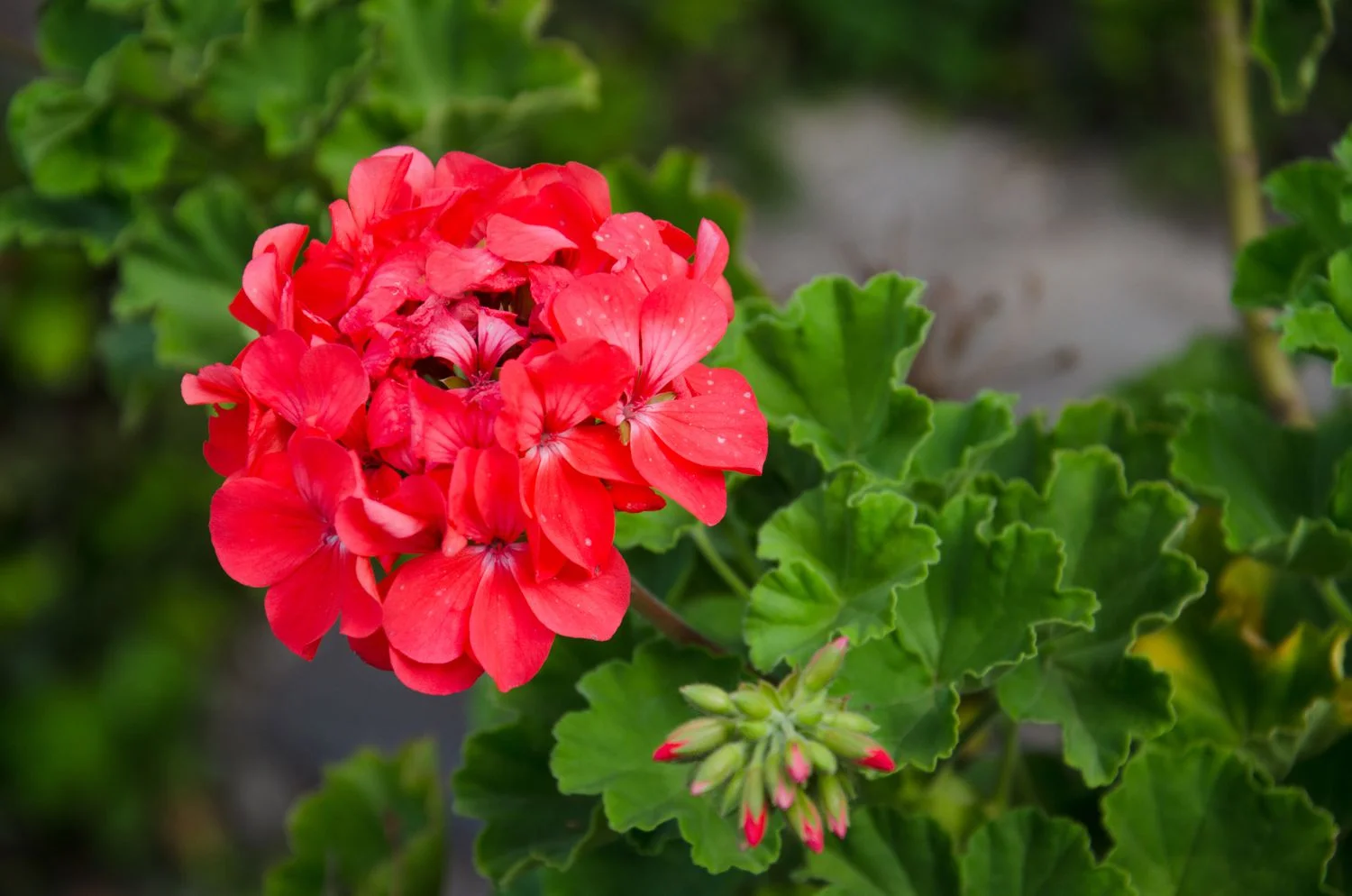
Accelerating Root Growth: Proven Tips for Quick Plant Establishment
Plant propagation can be a rewarding experience, and witnessing swift root development is a true delight for gardeners. Here are some tried-and-true tips to help your plants take root quickly and thrive.
1. Choose Healthy Parent Plants: The foundation of successful propagation begins with selecting healthy parent plants. Robust, disease-free specimens ensure that the cuttings or seeds inherit the best genetic traits for rapid growth.
2. Optimal Timing: Timing is crucial when taking cuttings or sowing seeds. Choose the right season or growth stage when the plant is naturally inclined to root quickly. Typically, early spring or late summer is ideal for many plants.
3. Quality Soil Mix: Provide your plants with a well-draining, nutrient-rich soil mix. A blend of potting soil, perlite, and vermiculite offers an ideal environment for roots to establish quickly. Ensure the mix is sterile to prevent diseases.
4. Rooting Hormones: Consider using rooting hormones when taking cuttings. These hormones stimulate root growth and can significantly expedite the establishment of a robust root system. Dip the cut end of the cutting into the hormone before planting.
5. Adequate Watering: Maintaining consistent moisture levels is essential for quick root development. However, avoid overwatering, as it can lead to root rot. Keep the soil consistently moist but not waterlogged.
6. Humidity Control: Creating a humid environment around cuttings can accelerate root growth. Covering cuttings with a plastic dome or placing them in a propagator maintains high humidity levels, mimicking the conditions conducive to rooting.
7. Ideal Temperature: Most plants root best within a specific temperature range. Ensure that your propagation area maintains an optimal temperature, usually between 70-75°F (21-24°C), to encourage rapid root development.
8. Provide Indirect Light: While plants need light for photosynthesis, intense sunlight can stress cuttings. Provide bright, indirect light to promote root growth without causing excessive transpiration or dehydration.
9. Regular Monitoring: Keep a close eye on your propagated plants. Regularly check for signs of stress, disease, or overwatering. Adjust care routines accordingly to create an optimal environment for root development.
10. Patience and Consistency: Despite employing these tips, patience remains key. Root development takes time, and consistency in care routines is crucial. Avoid disturbing the plants during this sensitive phase.
By incorporating these tips into your plant propagation practices, you can significantly enhance the likelihood of quick and successful root establishment. Each plant species may have unique requirements, so tailor your approach based on the specific needs of the plants you are propagating. Happy gardening!


